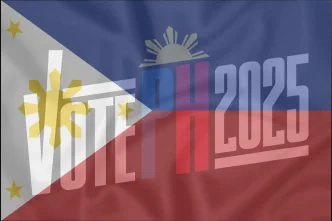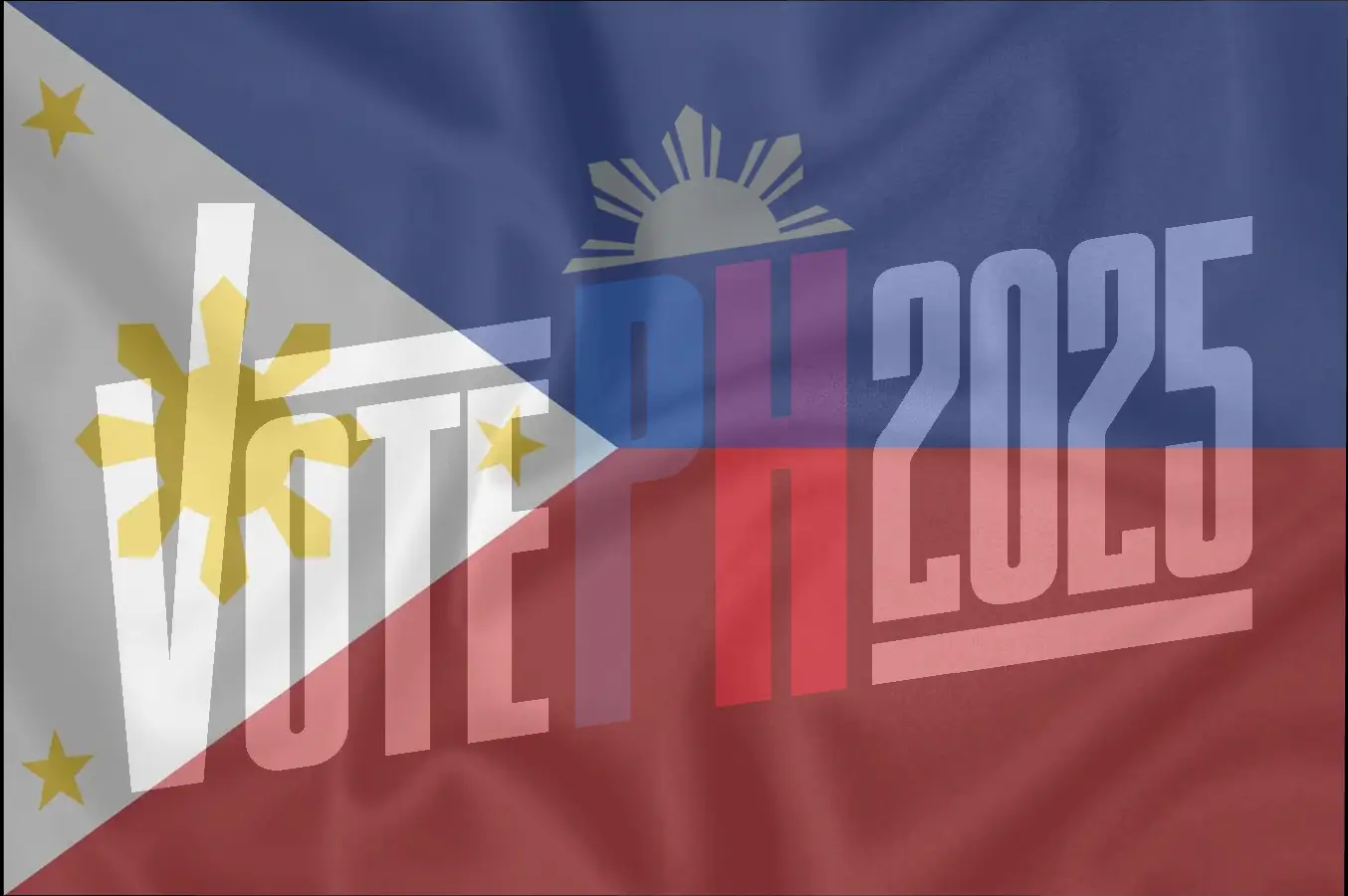In the recently concluded 2025 midterm elections in the Philippines, television emerged as the dominant source of information for voters deciding on their candidates, closely followed by the internet and social media, according to a new report by Pulse Asia. The findings, detailed in the polling firm’s Pulso ng Bayan report released on May 27, 2025, highlight the evolving media landscape in Filipino politics and raise questions about the accuracy of pre-election surveys that struggled to predict the final results.
Television Remains King, Internet Closes Gap
The Pulse Asia report revealed that 72 percent of respondents relied on television as a key source for information about candidates during the May 12, 2025, midterm elections. Of those, 50 percent considered it the most helpful medium, with an additional 14 percent ranking it as their second-most helpful source. The internet, including social media platforms, was not far behind, with 66 percent of respondents citing it as a significant source. For 24 percent, the internet was their primary source of election information, while 39 percent ranked it second.
Within the internet category, social media dominated as the preferred channel. Among those who turned to online platforms, 65 percent used social media, compared to just 4 percent who relied on online news sites. Facebook emerged as the most popular platform, chosen by 61 percent of respondents, followed by YouTube at 18 percent, TikTok at 4 percent, Instagram at 1 percent, and Twitter at a mere 0.3 percent. This trend underscores the growing influence of social media in shaping voter preferences, particularly among younger demographics, though television retains its stronghold as a trusted medium for a broader audience.
News as the Primary Driver of Voter Decisions
The Pulse Asia survey categorized television, internet, radio, and newspapers under “news about candidates,” which emerged as the top source of influence for 81 percent of respondents. An additional 64 percent ranked news as their second-most helpful source, and 41 percent placed it third. These figures suggest that traditional and digital news outlets collectively play a pivotal role in informing the Filipino electorate, often overshadowing other factors such as personal endorsements or campaign events.
However, the reliance on news—particularly through social media—also raises concerns about the potential for misinformation. With platforms like Facebook and YouTube serving as primary conduits for election-related content, the risk of unverified claims or manipulated narratives influencing voter behavior is significant. Election observers have noted that the rapid spread of content on social media may have contributed to the unpredictability of the 2025 midterm results, a point that warrants further scrutiny as the Philippines prepares for future polls.
Survey Discrepancies and Last-Minute Shifts
One of the more striking revelations from the Pulse Asia report is the discrepancy between pre-election surveys and the actual election outcomes. The polling firm identified several factors that may have contributed to this variance, including last-minute changes in voter preferences and the failure of some candidates to maintain momentum. According to the survey, 26 percent of respondents decided on their senatorial candidates just a week before the election, 25 percent made their choice the day before, and 11 percent finalized their decision on election day itself. This fluidity in voter behavior likely undermined the predictive power of earlier surveys conducted months in advance.
Moreover, Pulse Asia noted that some candidates experienced significant shifts in support between the pre-election period and the final tally. For instance, former senator Bam Aquino, who was ranked eighth in the May 2025 Pulse Asia survey, surged to second place with 20.97 million votes. Similarly, former senator Kiko Pangilinan, aligned with the opposition bloc led by former vice president Leni Robredo, saw a notable rise in support on election day. Conversely, several candidates from the administration-backed Alyansa Para sa Bagong Pilipinas coalition underperformed compared to survey predictions. While surveys anticipated seven to nine Alyansa candidates in the winning “Magic 12,” only six secured Senate seats, with most ranking lower than expected.
High-profile examples include ACT-CIS party-list Rep. Erwin Tulfo, who was projected to finish second with a 48.7 percent voter preference share but ended up in fourth place. Former Senate President Vicente “Tito” Sotto III, expected to place third in both Pulse Asia and Social Weather Stations (SWS) surveys, slipped to eighth. Senator Lito Lapid, ranked fourth by SWS and fifth by Pulse Asia, finished at 11th. Additionally, Alyansa candidates Senator Bong Revilla and Makati Mayor Abby Binay, who were ninth and tenth in the Pulse Asia survey, failed to secure Senate seats altogether.
Analysis: What Went Wrong with Pre-Election Surveys?
The discrepancies between survey predictions and actual results have sparked widespread discussion among election observers and social media users alike. While Pulse Asia correctly predicted Senator Bong Go as the top vote-getter in the Commission on Elections (Comelec) final tally, the rankings below him deviated significantly from expectations. Political analysts suggest that the dynamic nature of Filipino voter behavior, coupled with the influence of last-minute campaign strategies, may have played a role. The high percentage of voters making decisions close to or on election day indicates a susceptibility to late-breaking developments, whether through news coverage, social media trends, or personal interactions.
Another factor could be the varying effectiveness of campaign momentum. Candidates like Aquino and Pangilinan, who aligned with opposition narratives, appeared to capitalize on late surges in support, possibly driven by dissatisfaction with the administration’s performance or targeted social media campaigns. In contrast, the Alyansa coalition’s underperformance suggests a disconnect between voter expectations and the coalition’s messaging, despite strong survey numbers earlier in the campaign period. If confirmed through further studies, this pattern could signal a shift in how political alliances are perceived by the Filipino public, particularly in the context of midterm elections that often serve as a referendum on the sitting administration.
The role of social media in these outcomes cannot be overstated. With 65 percent of internet-reliant voters turning to platforms like Facebook and YouTube, candidates’ online presence and digital campaign strategies likely had a disproportionate impact on undecided voters. However, this also raises questions about the quality of information disseminated online. As political campaigns increasingly move to digital spaces, regulators and civil society groups may need to address the challenges of misinformation and echo chambers that can distort voter perceptions.
Broader Implications for Filipino Democracy
The 2025 midterm elections reflect a broader trend in the Philippines: the coexistence of traditional and digital media as dual forces shaping political discourse. Television, with its wide reach and established credibility, continues to be a cornerstone of voter education, particularly for older demographics and rural communities with limited internet access. Meanwhile, the internet—especially social media—has become a battleground for younger, urban voters who engage with bite-sized content and viral narratives. This duality presents both opportunities and challenges for candidates and policymakers alike.
For candidates, the Pulse Asia findings underscore the importance of a multi-platform campaign strategy. Relying solely on traditional media risks alienating younger voters, while an overemphasis on social media may fail to resonate with segments of the population less active online. Balancing these channels, while ensuring the accuracy and authenticity of campaign messages, will be crucial in future elections.
For policymakers and election authorities, the unpredictability of voter behavior and the influence of digital platforms highlight the need for robust voter education initiatives and stricter oversight of online content. The variance between pre-election surveys and actual results also calls for a reevaluation of polling methodologies. Are current survey techniques equipped to capture the rapid shifts in voter sentiment facilitated by social media? If not, polling firms like Pulse Asia may need to adapt their approaches, potentially incorporating real-time data analytics or more frequent sampling closer to election day.
Looking Ahead: A Changing Electoral Landscape
As the dust settles on the 2025 midterms, the Philippine political landscape appears more fluid than ever. The unexpected rises and falls in candidate rankings signal that voter loyalty is far from guaranteed, even for established political figures or coalitions. With television and social media continuing to shape public opinion in distinct yet overlapping ways, the interplay between these mediums will likely define future campaigns.
Questions also linger about the long-term impact of these results on the balance of power in the Philippine Senate. The gains made by opposition-aligned candidates like Aquino and Pangilinan could embolden critics of the administration, while the underperformance of Alyansa candidates may prompt introspection within the ruling coalition. As the country looks toward the next national election, the lessons from the 2025 midterms—about media influence, voter unpredictability, and the limits of polling—will undoubtedly inform strategies on all sides of the political spectrum.
















